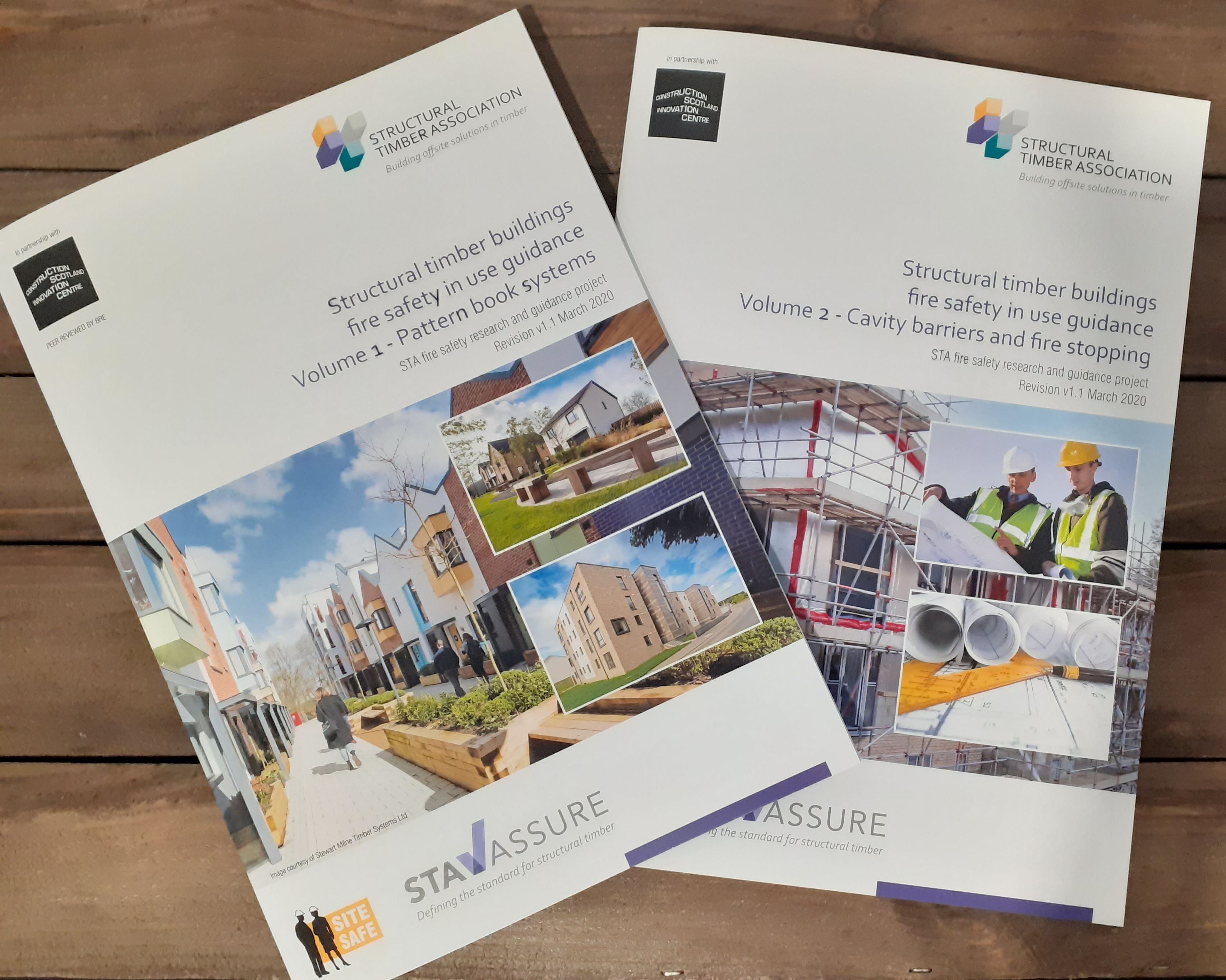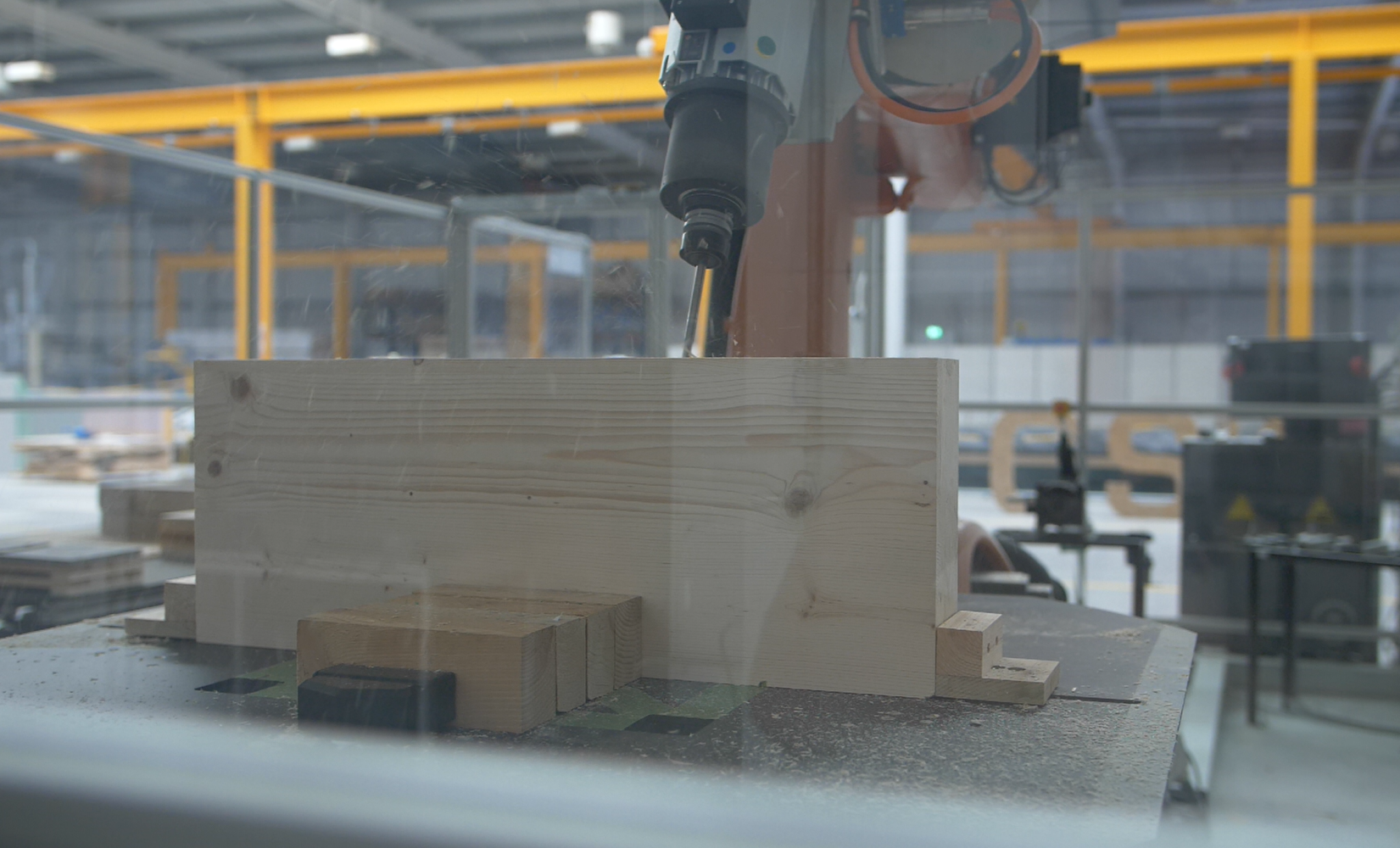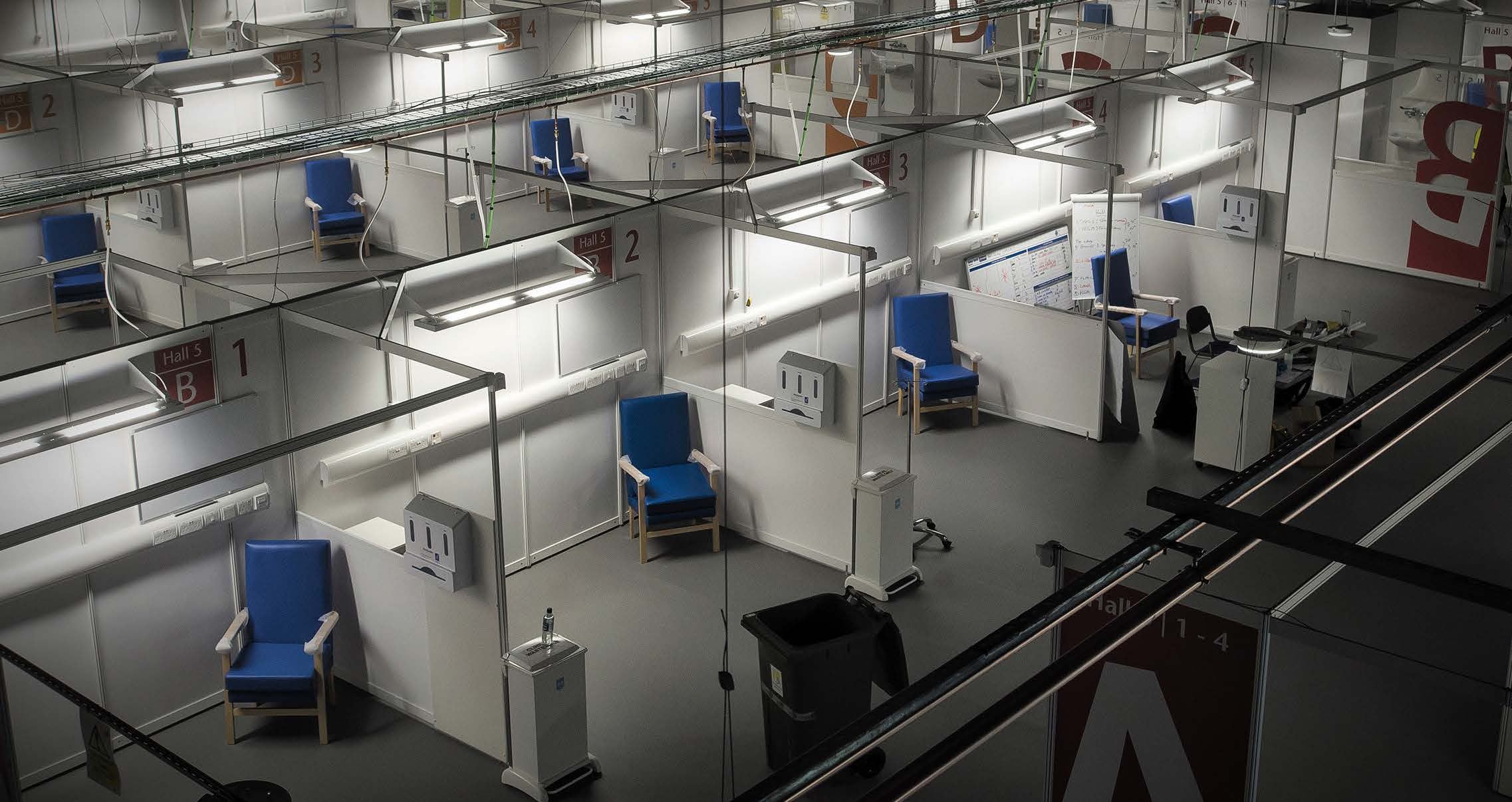Content
Commonwealth Games Athletes' Village: Working for the common good
The community regeneration legacy of Glasgow’s Commonwealth Games
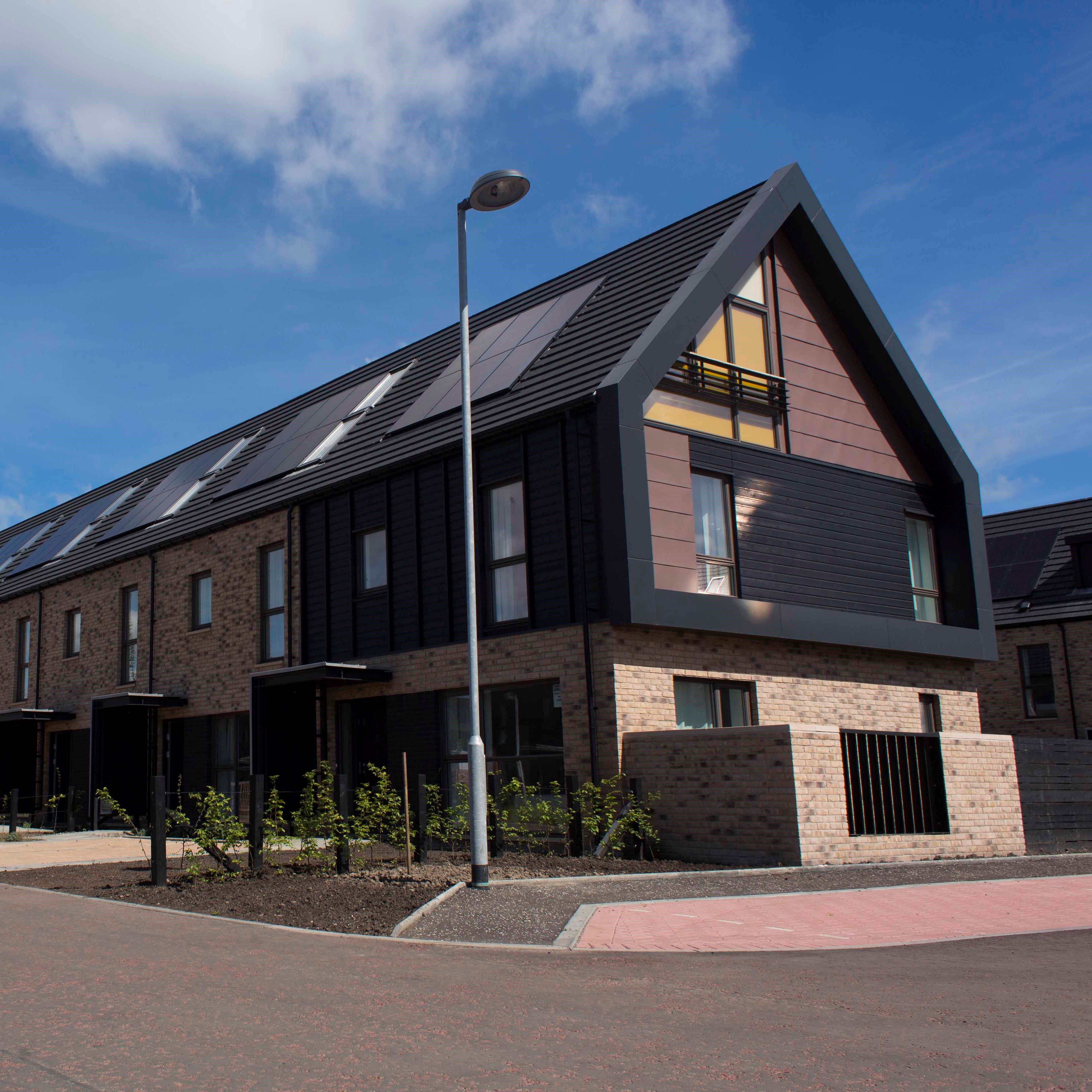
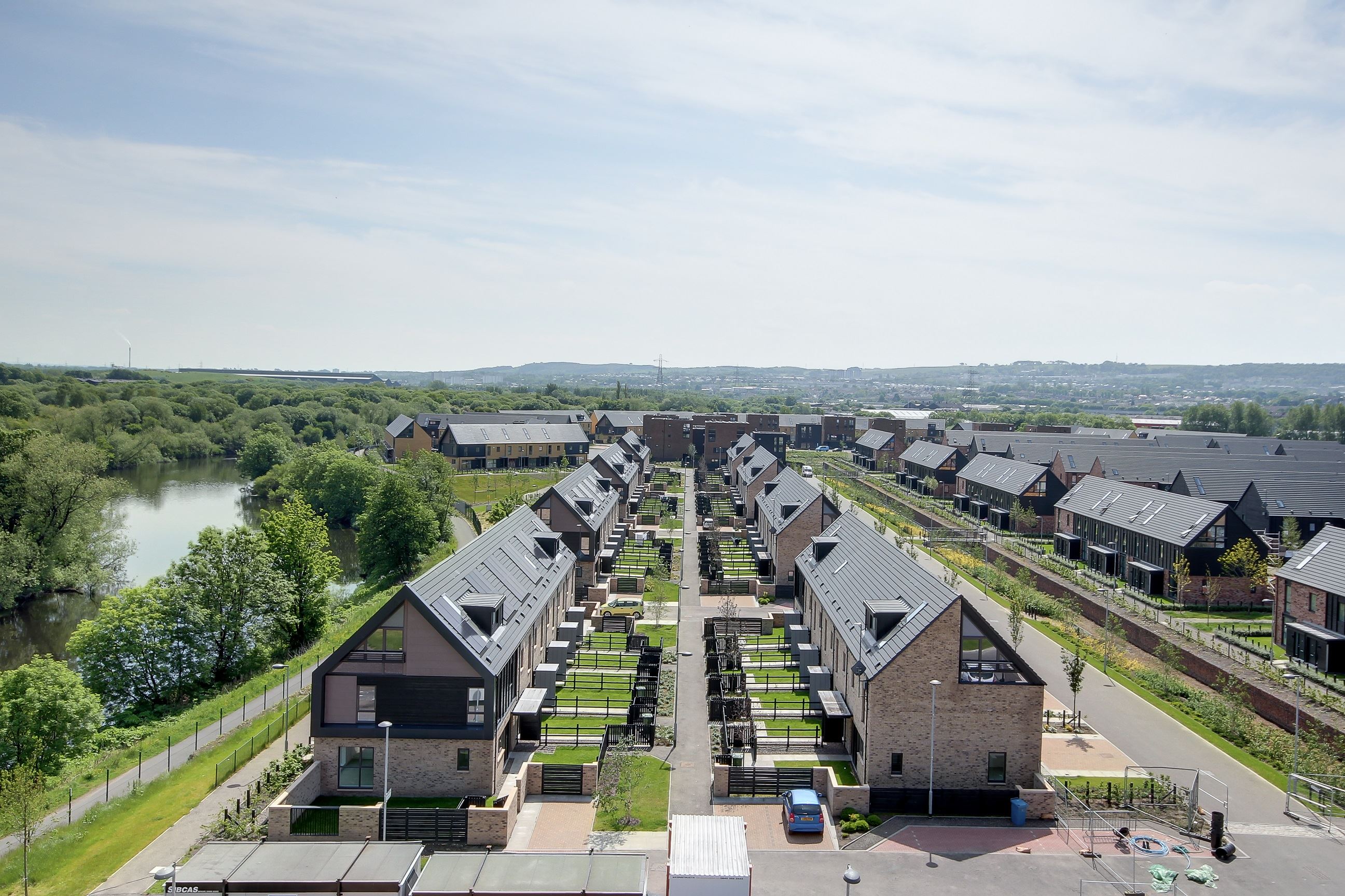
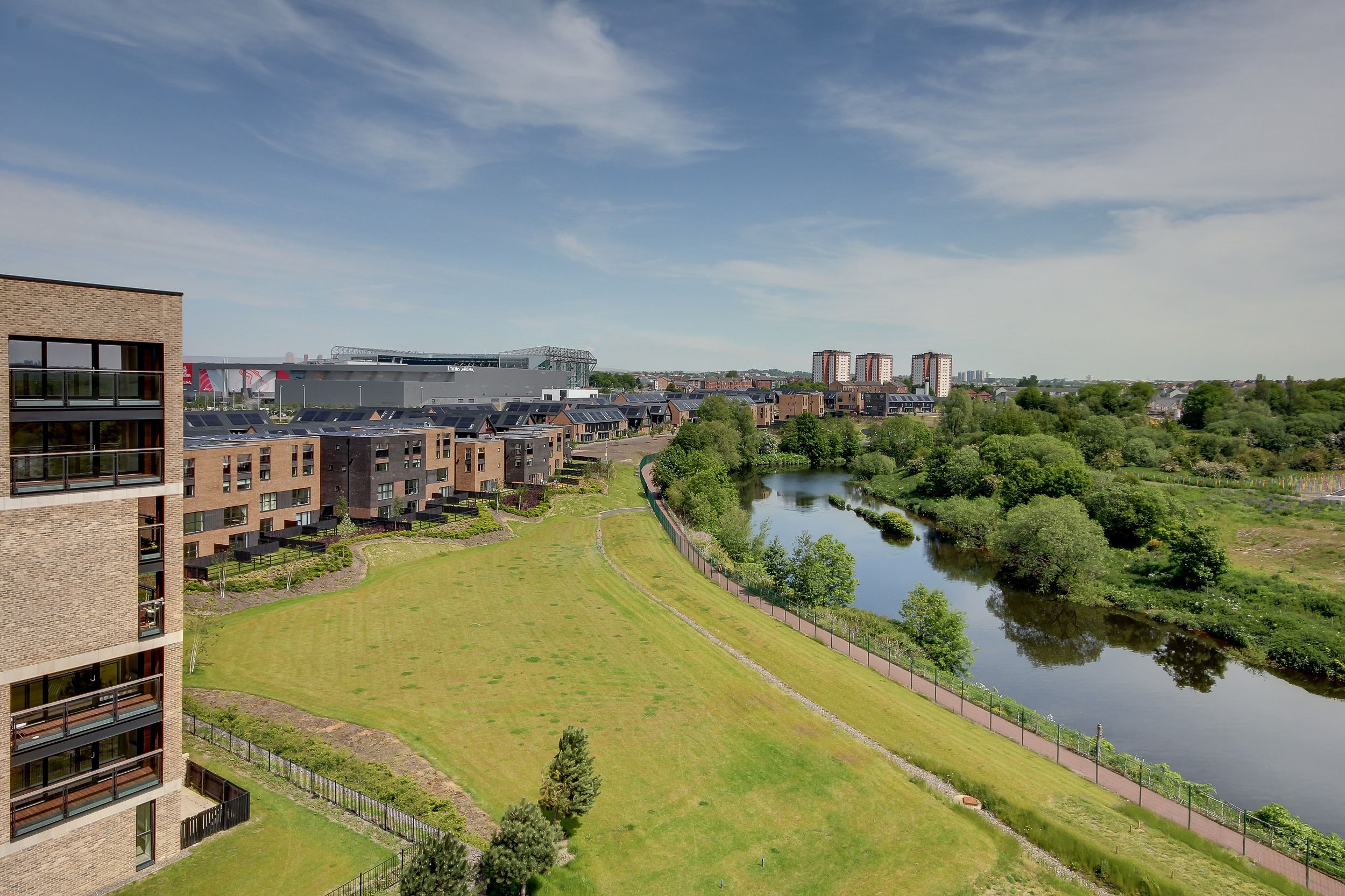
When Glasgow was selected as the host city for the 2014 Commonwealth Games, it signalled the beginning of a seven year race to put all the necessary infrastructure into place.
Roads and transportation, training and events facilities — and not least accommodations for the 6,500 athletes and officials who would be taking part.
Maximising public benefit from the outset
Glasgow’s Commonwealth Games bid promised a blend of new and refurbished venues for the newly created community.
These facilities included an enhanced roads and transportation network and a specially-built athletes’ village, as well as a combined heat and power energy centre. It also outlined plans for a transformational and lasting legacy that would benefit the city and its inhabitants for many years to come.
The Athletes’ Village project was focused from the outset on achieving the maximum public benefit possible.
How does it add value locally?
- Local materials
- Local suppliers
- Local main contractor
- Local subcontractors
- Creates local markets or services
- Local FE, Colleges or Apprenticeships
- Local environmental impact
- Locally focused social impact
95
%
carbon reduction
on 2007 levels
300
homes
sold within 18 months
£
90
k
donated
to Prince and Princess of Wales Hospice
86
apprentices
awarded
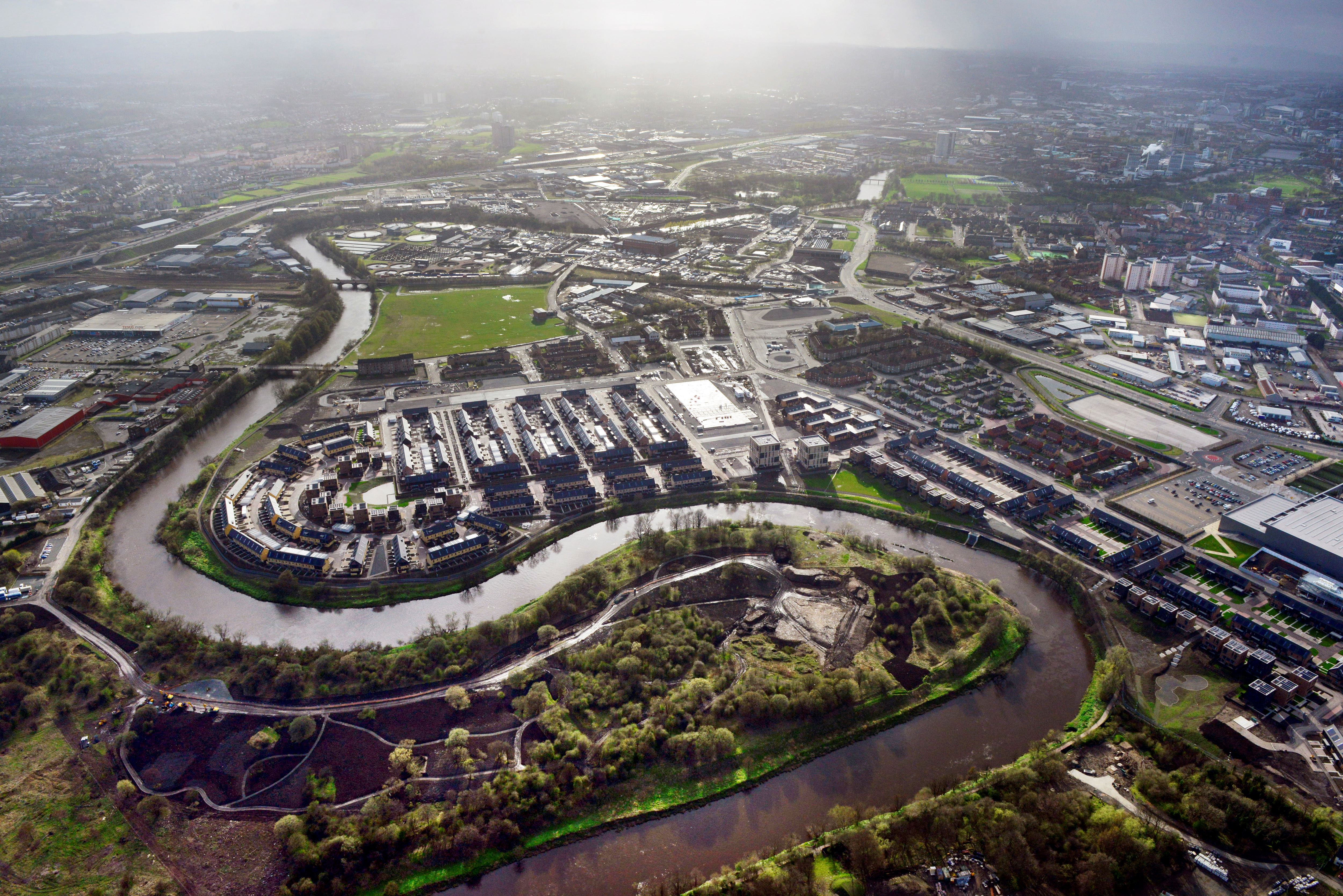
- Glasgow City Council
- Scottish Enterprise
- The Scottish Government
- CCG
- Cruden
- McTaggart and Mickel
- WH Malcolm
This case study was prepared by BE-ST on behalf of the Scottish Construction Leadership Forum.

